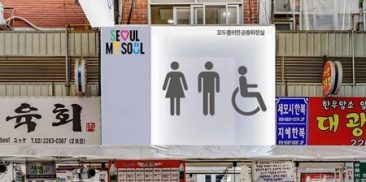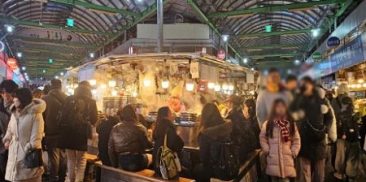首爾文化遺產
-
The House of Sangheo Lee Tae-Jun, who perfected the genre of the Korean novelette
-
首爾文化遺產 報名日期作者SMG 观看次数1,821This house is where Sangheo (pen name) Lee Tae-Jun, a novelist who defected to North Korea, lived and wrote his works from 1933, when he built the house, to 1946. As a founding member of the Guinhoe (the Circle of Nine), a literary club formed in 1933 by nine writers who pursued belles-lettres rather than propagandistic literature. Lee is viewed as the writer who perfected the Korean short novel with his lyrical sentences embodying aesthetic beauty. His major works include the essay “Museorok (Incoherent Writings),” “Dalbam (Moonlit Night),” “Gamagui (Crow),” and “Munjangganghwa (Lecture on Writing),” among others. Located on a hilly street in Seongbuk-dong, a region that could be called the “cradle of Korean modern art,” as many writers and artists have lived there, the house of Lee Tae-Jun was designated as Seoul City Folk Material No. 11. Currently, the house is now used as a traditional Korean tea house called “Suyeonsanbang,” and is run by the writer’s granddaughter. The Korean government lifted the ban on the works by those writers who defected to or were abducted by North Korea in 1988, which made his works more accessible and the use of his name possible. The house of Lee Tae-Jun, where many writers once gathered together, now serves as a cozy place for people to relax and try to feel the presence of the writer.
Like It
176 人喜歡此頁






